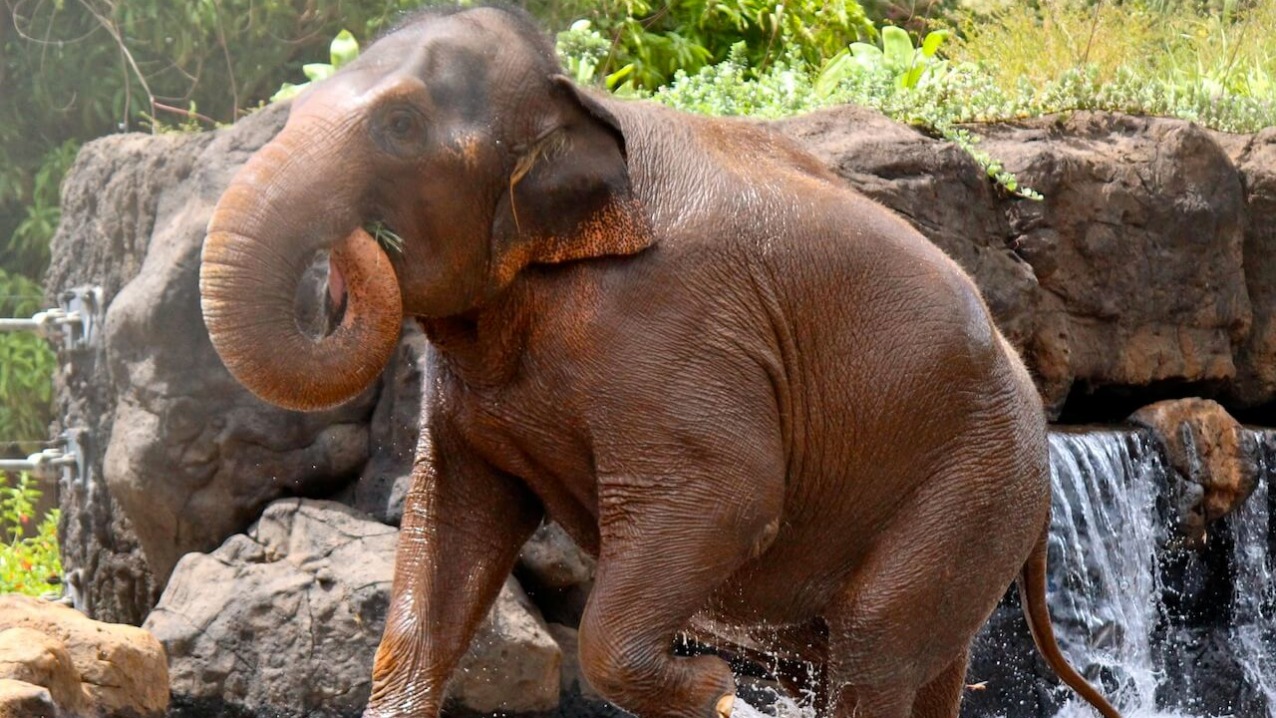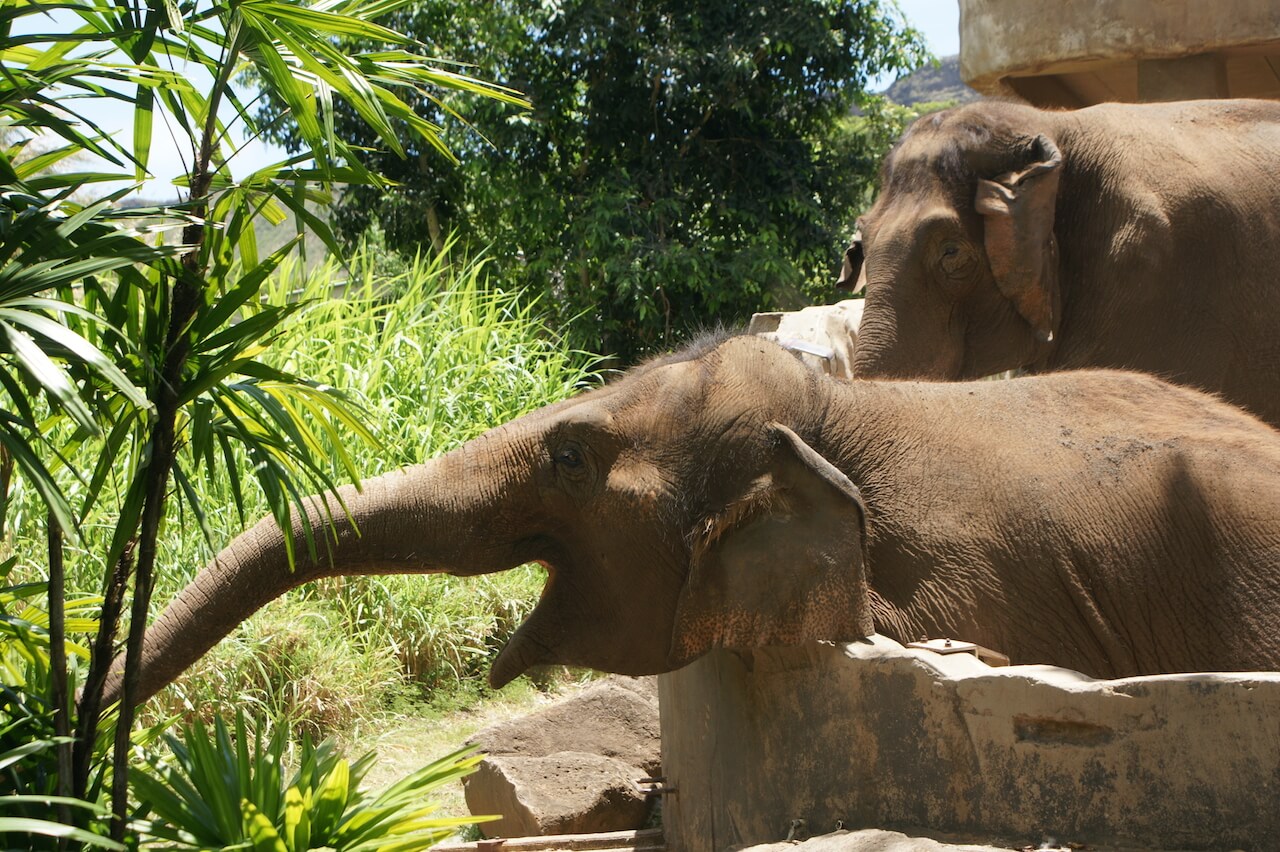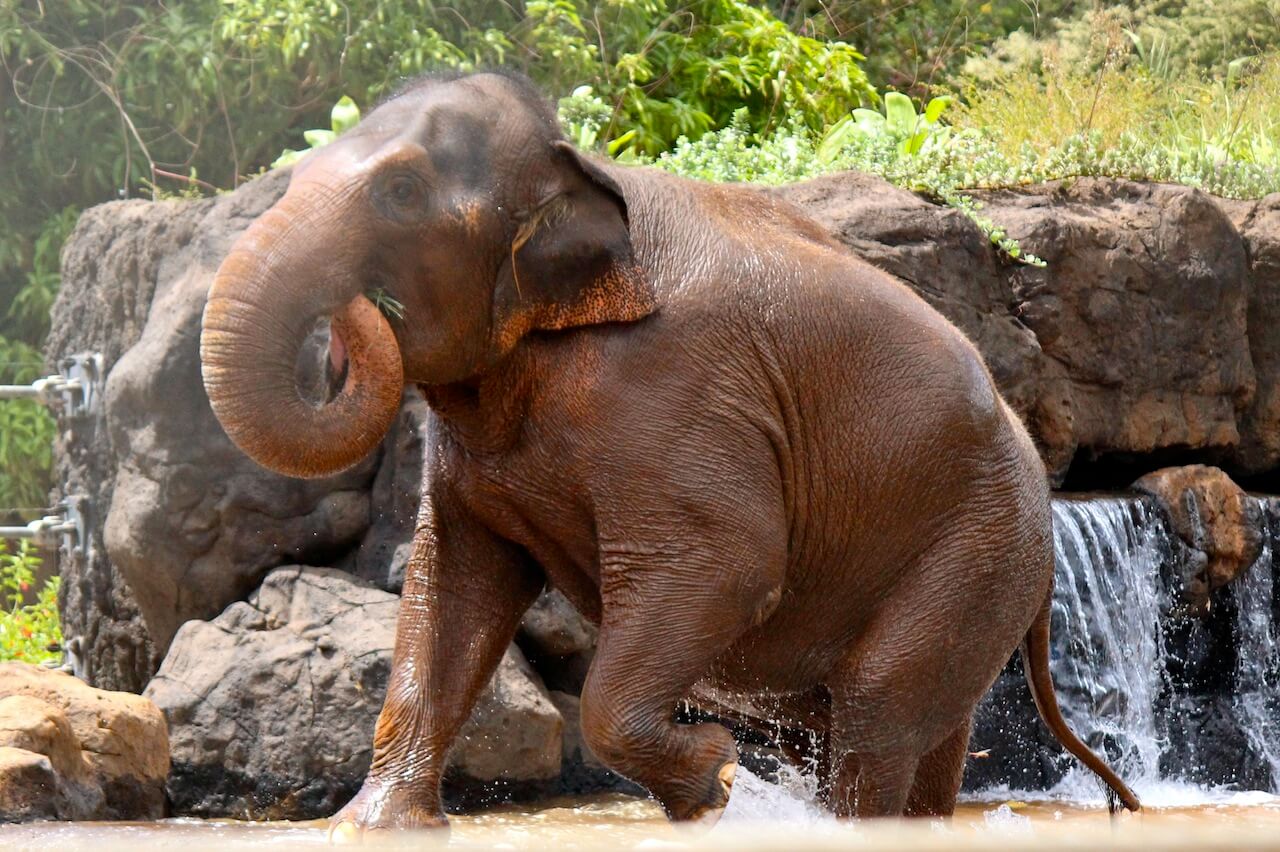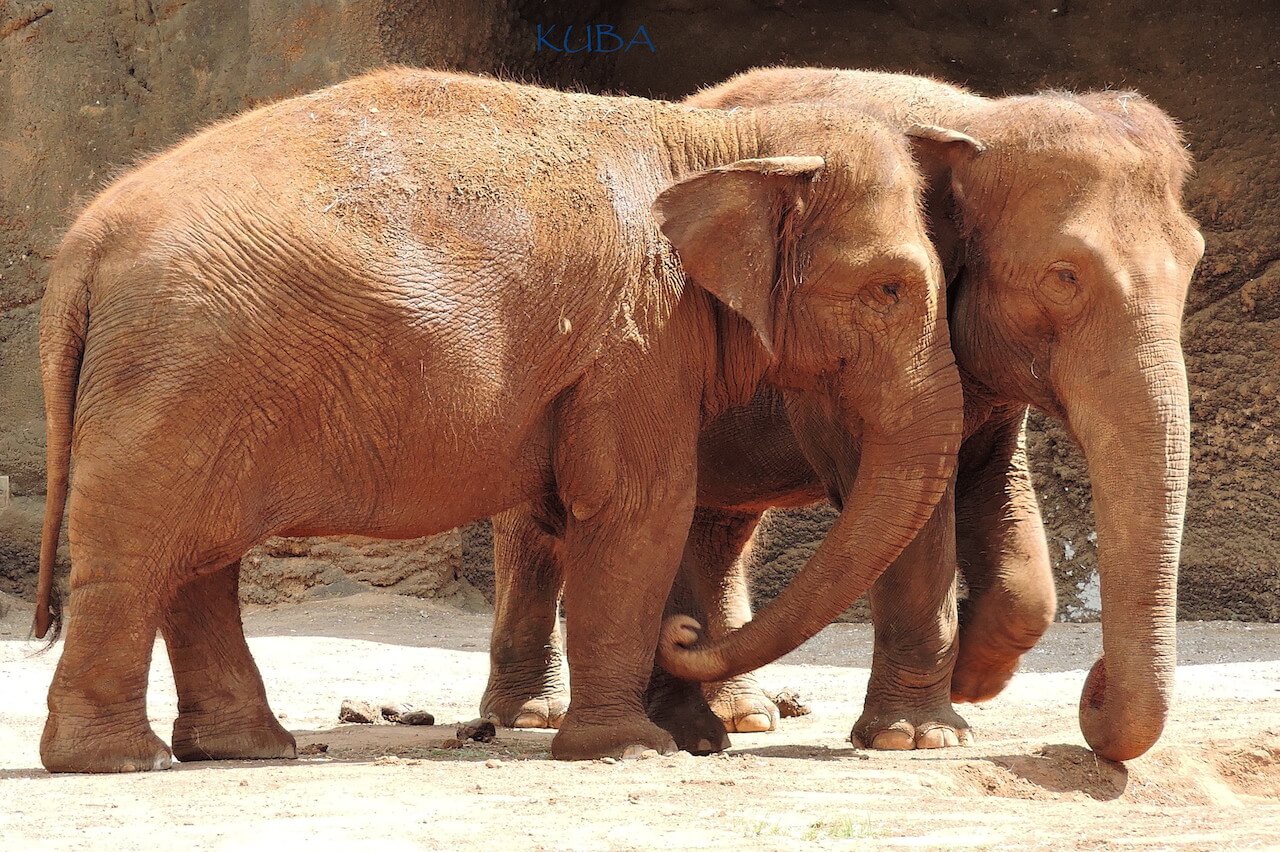elephas maximus
Asian Elephant
About Me
Scientific Name: Elephas maximus
Description
The Asian or Asiatic elephant (Elephas maximus) is the only living species of the genus Elephas and is distributed in Southeast Asia from India in the west to Borneo in the east. Three subspecies are recognised—E. m. maximus from Sri Lanka, the E. m. indicus from mainland Asia, and E. m. sumatranus from the island of Sumatra.
Fun Facts
- Asian elephants are the largest living land animals in Asia.
- The trunk is a multipurpose prehensile organ and highly sensitive, innervated by the maxillary division of the trigeminal nerve and by the facial nerve.
- Kingdom: Animalia
- Phylum: Chordata
- Class: Mammalia
- Order: Proboscidea
Elephants are ponderous animals endowed with a versatile trunk (having 40,000 muscles). The large trunk has a nasal opening at its tip, but elephants do not use it like a straw to drink through — they suck water into the trunk and squirt it into their mouths. Asian elephants average 9 ft. in height at the shoulder and can weigh up to five tons. Females are usually smaller than males and can be easily distinguished by the two mammary glands located on the chest.
Elephants have poor eyesight, acute hearing, and are covered by a coat of bristly hair. They have small eyes, a slender tail, and have no canine teeth. Usually only male elephants of the Asian species have tusks, which are modified incisors.
The elephant’s grinding teeth (molars) are generally large, high-crowned, and complex in structure. These teeth do not succeed one another vertically in the usual mammalian fashion but come in successively from behind. When the foremost tooth is so worn down as to be of no further use, it is pushed out, mostly in pieces.
The Asian elephant is found in the wild in India, Sumatra, Burma, Thailand, Ceylon, and Indo-China. They are randomly nomadic in accord with the season, or travel on a set course over longer periods that may take them as much as ten years to complete before arriving back at any one point.
Asian elephants are social animals, having a wide complex of community laws, rules, and regulations, a marked discipline and many well-established customs. They are gregarious and roam about in herds of 15 to 30 individuals led by an old female. Usually the members within the herd are related to one another, the herd being composed chiefly of females, immature elephants and one old bull.
The elephant uses its ears as a fan. Flapping its ears cools the blood in vessels close to the surface of the ear. They love to bathe, showering themselves with water and afterward with dust.
The gestation period is 607-641 days (20 to 21 months) and one or sometimes two are born. At birth the young weigh about 200 pounds and stand about three feet tall at the shoulder. The young are weaned in about 2 years, and their rate of growth, the age at which they reach puberty, their life span, and their geriatric progression is similar to that of man. Elephants live to be about 70 years old.
Elephants, being large animals, require much food. In the wild, they consume up to 600 lbs. of food (grass, vines, leaves, bark) and 30 gallons of water daily. In the zoo, their food is more nutritious (hay, grasses, fruits) and they eat about 150 lbs. daily. Elephants are herbivorous.
A loud trumpeting noise is used to gather a herd. Another sound is a hollow resonant sound made by tapping the trunk “backhanded” on a hard surface, the tip of which is turned upward, while snorting — this appears to be a warning or alarm signal. Elephants have a large repertoire of growls, roars, grunts, trumpeting, and snorts for warnings, greetings, distress, and signaling.
Mari b. 7/24/75 (female)
Vaigai b. 12/24/85 (female)
Other Mammals
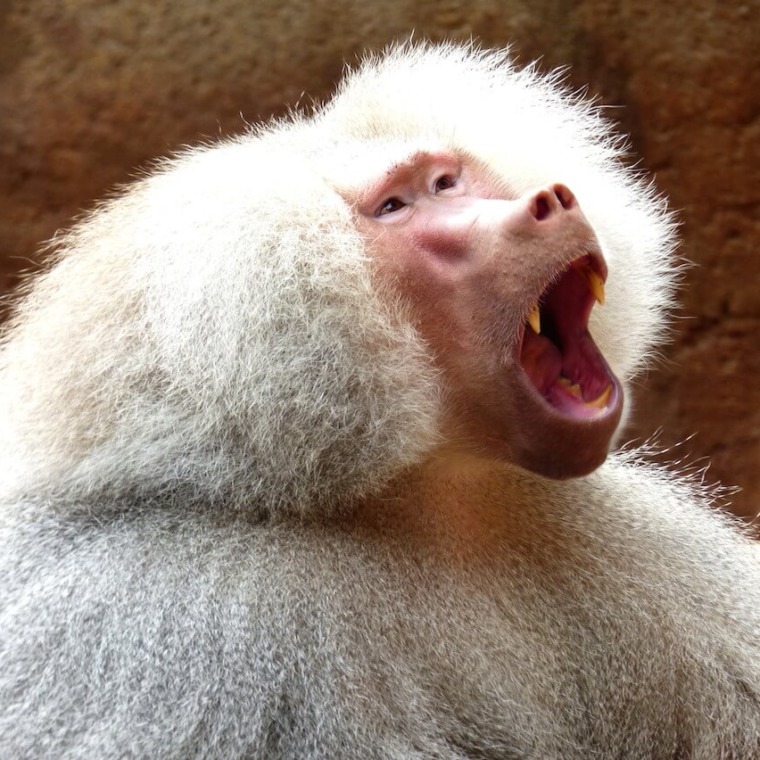
Sacred Baboons are common throughout northeastern Africa, but are extinct in the Nile region and Egypt, where they originally received their name and were worshiped by the ancient Egyptians.
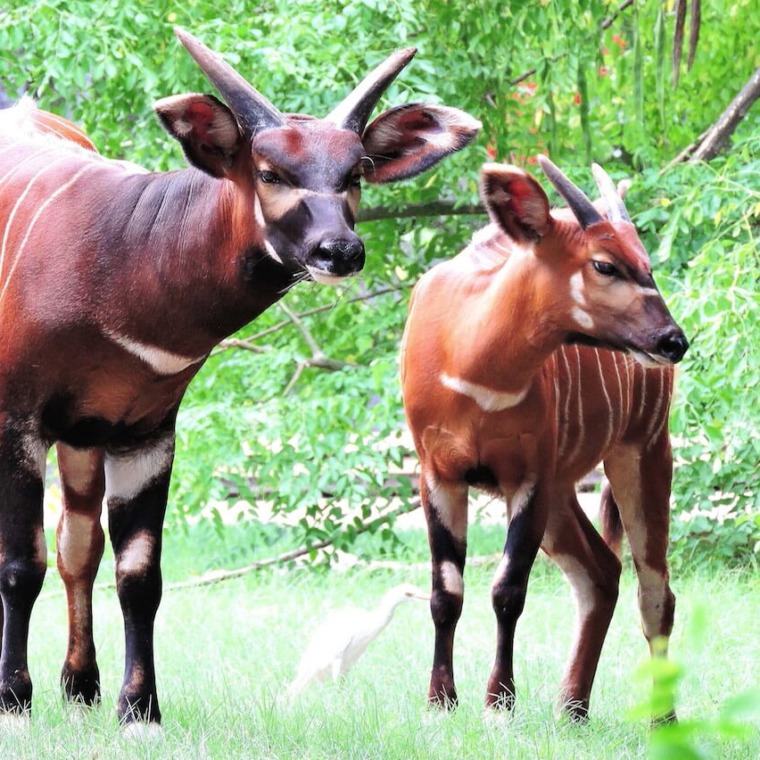
Bongo are most active at dawn and dusk, and often forage near the edges of wooded areas. They normally shy in the wild and flee into the forest for cover at the slightest provocation.
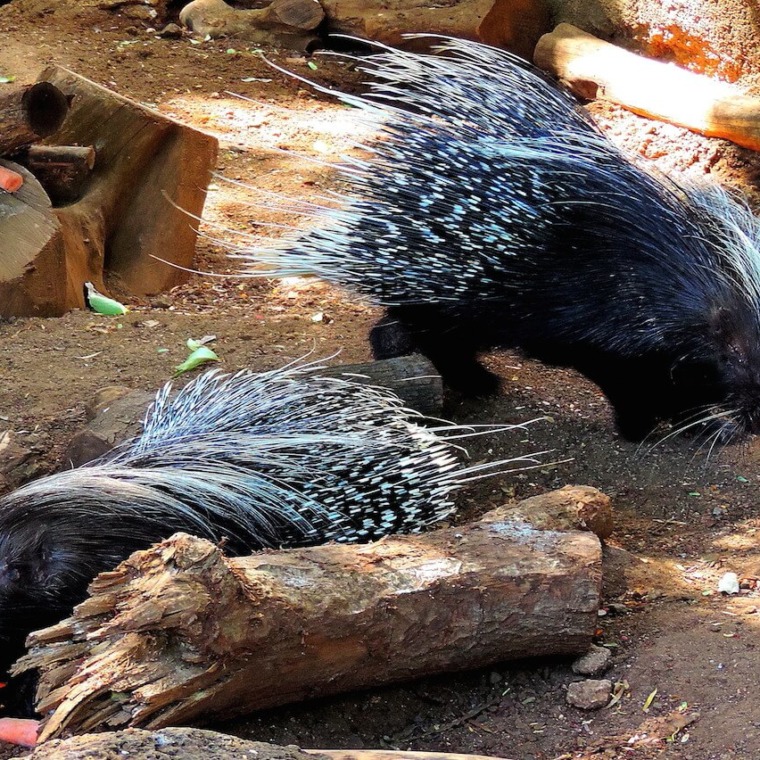
The North African crested porcupine is nocturnal. They are very adaptable and can be found in forests, on plantations, in rocky or mountainous areas as well as in deserts.
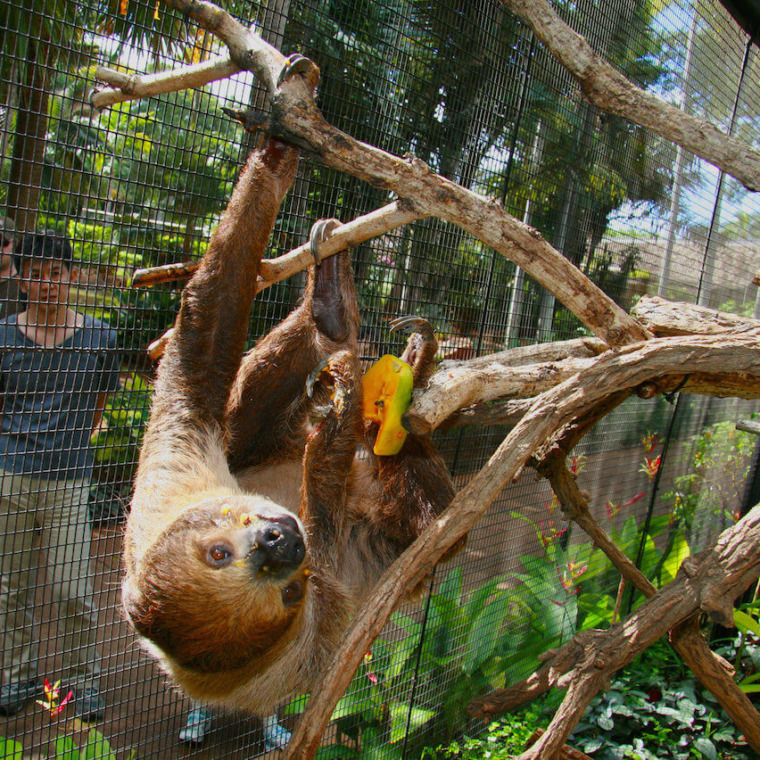
Sloths are found in Central and South America in the rain forest canopy. The Linne’s two-toed sloth is found in such countries as Nicaragua, Columbia, Venezuela, Surinam, Guyana, French Guiana, North Central Brazil, and Northern Peru.
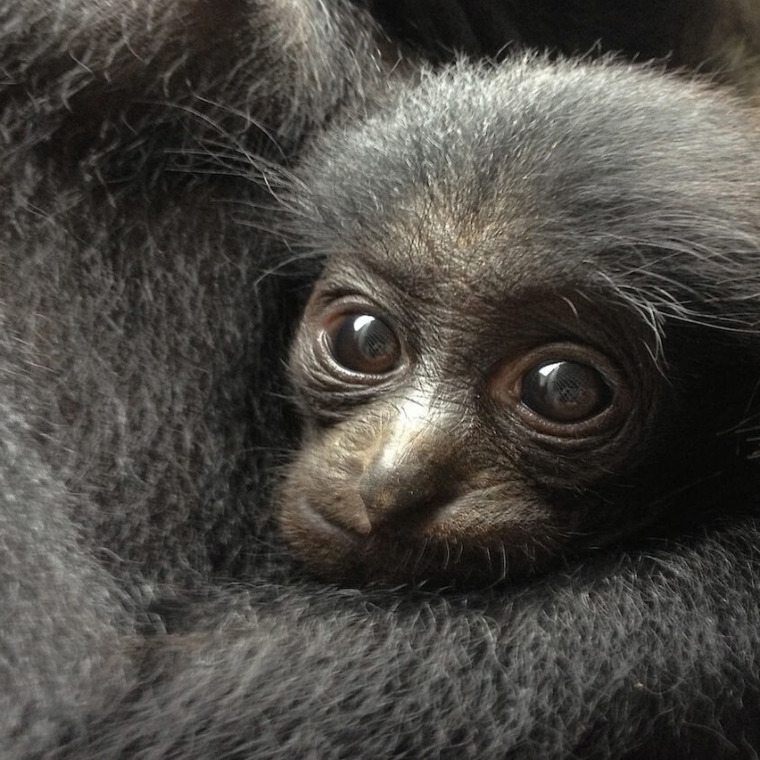
Siamangs range through southeastern Asia and are found in some numbers in the Malay Peninsula and Sumatra.


